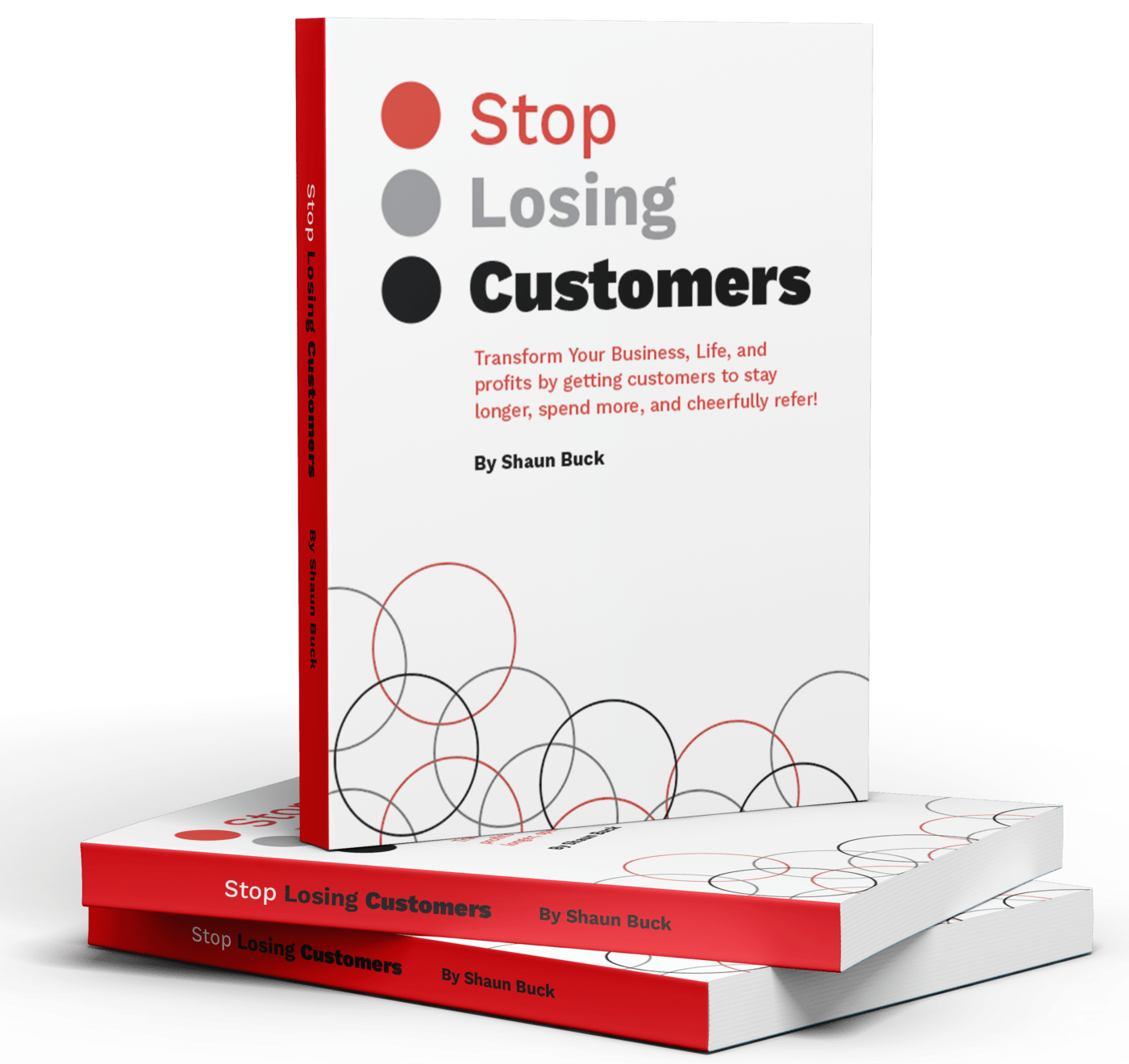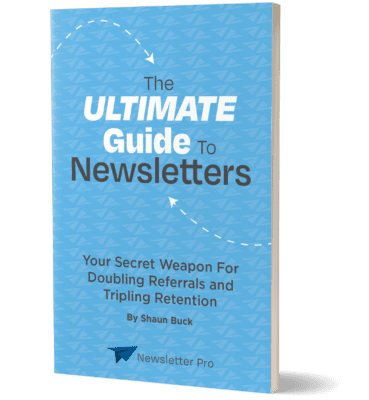In the ever-evolving world of finance, staying informed is crucial. Many businesses and financial experts use newsletters to keep their audience updated with the latest financial insights. But how do you know if your newsletter is hitting the mark? Measuring the success of your financial newsletter campaigns is key to understanding what works and what doesn’t.
This guide will help you identify the metrics you need to track, how to analyze them, and ways to improve your campaigns for better results.
Why Are Financial Newsletters Important?
Financial newsletters are a powerful tool for sharing insights and updates. They help build a relationship with your audience, establish your authority in the financial sector, and drive engagement. A well-crafted newsletter can lead to increased trust and loyalty among your readers.
Building Audience Relationships
Financial newsletters are not just about disseminating information but also about nurturing relationships with your audience. By consistently providing value, you create a bond with your readers that can translate into customer loyalty and brand advocacy. This relationship can be the difference between a one-time reader and a lifelong subscriber.
Establishing Authority
When your newsletters consistently deliver insightful and reliable information, you establish yourself as an authority in the financial sector. Readers begin to recognize your expertise and turn to you for advice and updates. This authority not only helps in retaining subscribers but also attracts new ones who are keen on learning from industry leaders.
Driving Engagement
Engagement is a key factor in the success of any newsletter. Financial newsletters that prompt discussions, encourage feedback, or inspire action are more likely to maintain reader interest. Engaging content keeps your audience coming back for more, increasing the likelihood of conversions and further interactions.
Ensuring Effectiveness
However, sending out newsletters is not enough. You need to ensure that your efforts are effective. This means regularly analyzing the performance of your newsletters and making necessary adjustments. Without this ongoing evaluation, you risk stagnating and losing touch with your audience’s needs and expectations.

Key Success Metrics for Financial Newsletters
To measure the success of your financial newsletter campaigns, you’ll want to focus on several key metrics. These metrics provide insight into how your audience is engaging with your content and whether your newsletters are achieving their intended goals.
1. Open Rate
The open rate is one of the most straightforward metrics. It tells you the percentage of recipients who opened your newsletter. A high open rate indicates that your subject line was compelling enough to catch the reader’s attention.
Improving Open Rates
To improve open rates, experiment with different subject lines, and consider the timing of your newsletter delivery. Personalization can also play a significant role in boosting open rates. Try A/B testing various subject lines to see which resonates more with your audience, and schedule your emails based on when your audience is most active.
The Role of Timing
Timing can greatly influence open rates. Analyze your audience’s behavior to determine the optimal times for sending newsletters. Consider factors such as time zones, work hours, and even seasonal trends, as these can all impact when your audience is most likely to engage with your content.
Personalization Strategies
Personalization goes beyond just using a subscriber’s first name. Consider segmenting your audience based on their interests, past interactions, or demographic information. Tailoring your content to these segments can make your newsletters more relevant and increase the likelihood of them being opened.
2. Click-Through Rate (CTR)
Once your readers open the newsletter, the next step is to engage them further. The click-through rate measures the percentage of readers who clicked on a link within your newsletter. This metric is crucial as it shows how compelling your content is.
Crafting Engaging Content
To enhance CTR, ensure your content is relevant and valuable. Use clear call-to-action (CTA) buttons and hyperlinks to guide your readers towards the actions you want them to take. Craft your content in a way that naturally leads readers to explore more, providing them with a journey rather than just information.
Effective Call-to-Actions
Your CTAs should be strategically placed and clearly defined. Experiment with different wording, colors, and placements to find the combination that works best for your audience. A strong CTA can significantly increase your CTR by directing readers’ attention and encouraging interaction.
Content Relevance
Ensure that each piece of content within your newsletter aligns with your audience’s interests and needs. Regularly update your content strategy based on feedback and engagement analytics to maintain relevance and keep your audience interested.
3. Conversion Rate
The conversion rate goes a step further than the CTR, measuring how many readers completed a desired action after clicking through your newsletter. This could be signing up for a webinar, downloading a financial report, or purchasing a product.
Optimizing Landing Pages
To improve conversion rates, ensure that your landing pages are optimized and aligned with the content of your newsletters. Keep forms short and the process simple to encourage more conversions. A seamless transition from newsletter to landing page can significantly enhance the user experience and drive conversions.
Aligning Content and Offers
The offers in your newsletter should be directly related to the content provided. If you’re discussing investment tips, a relevant offer might be a free guide to choosing the right investment strategy. Aligning your content and offers ensures that readers find the next step logical and appealing.
Simplifying the Conversion Process
Streamline the conversion process by reducing the number of steps required to complete an action. Simplify forms, reduce loading times, and ensure that your landing pages are mobile-friendly to capture conversions from all devices.
4. Bounce Rate
The bounce rate measures the percentage of emails that were not delivered to the recipient’s inbox. High bounce rates can harm your sender reputation and reduce the effectiveness of your newsletter campaigns.
Regular List Maintenance
To reduce bounce rates, regularly clean your email list to remove invalid addresses. Use a double opt-in process to confirm subscriptions and ensure you’re sending to engaged users. Regular maintenance of your email list prevents deliverability issues and keeps your database healthy.
Verifying Email Addresses
Implement verification processes at the point of subscription to catch invalid email addresses early. This could involve sending a confirmation email or using verification tools to ensure the email addresses are valid before adding them to your list.
Monitoring Delivery Metrics
Keep a close watch on delivery metrics to identify patterns or issues that may be affecting your bounce rate. Regular monitoring can help you catch problems early and take corrective actions to maintain high delivery standards.
5. Unsubscribe Rate
While it’s normal for some subscribers to leave, a high unsubscribe rate could indicate a problem. This metric helps you understand if your content is meeting the expectations of your audience.
Analyzing Unsubscribe Feedback
If you notice a spike in unsubscribes, review your content strategy. Ensure your newsletters provide value and are relevant to your audience’s interests. Encourage feedback from those who unsubscribe to gain insights into why they chose to leave and adjust accordingly.
Content Re-Evaluation
Regularly re-evaluate your content strategy to ensure it aligns with your audience’s evolving interests. Stay updated with industry trends and reader feedback to keep your newsletters fresh and relevant.
Enhancing Subscriber Engagement
Focus on enhancing engagement by providing interactive content, personalized recommendations, and exclusive offers. Engaged subscribers are less likely to unsubscribe, so fostering a sense of community and value is key.

Tools for Tracking Newsletter Performance
Several tools can help you track the performance of your financial newsletters. Here are a few popular ones:
Choosing the Right Platform
Select an email marketing platform that aligns with your business needs and budget. Consider factors such as ease of use, integration capabilities, and the level of analytics offered. The right platform can make tracking and optimizing your campaigns much more manageable.
Leveraging Platform Features
Make the most of the features offered by your chosen platform. This could include automation tools, segmentation capabilities, and customizable templates. These features can streamline your processes and enhance the effectiveness of your newsletters.
Analyzing Platform Data
Use the data provided by your email marketing platform to gain insights into your audience’s behavior. Regularly analyze this data to identify trends, successes, and areas for improvement in your newsletter campaigns.
Google Analytics
Google Analytics can track the traffic your newsletters generate to your website. By setting up UTM parameters on your newsletter links, you can see which campaigns drive the most traffic and conversions.
Setting Up UTM Parameters
UTM parameters allow you to track the effectiveness of individual campaigns. Set these up within your newsletter links to identify which emails are driving the most traffic and conversions to your site. This data can guide your future content strategies and promotional efforts.
Understanding Traffic Sources
Google Analytics provides detailed insights into where your traffic is coming from. Use this information to understand which newsletters are most effective in driving site visits and adjust your strategies accordingly.
Tracking Conversion Paths
Beyond just tracking visits, Google Analytics can help you understand the conversion paths of your visitors. This insight allows you to see how your newsletter fits into the broader customer journey and identify opportunities for optimization.
A/B Testing Tools
A/B testing tools allow you to compare different versions of your newsletters to see which performs better. Test subject lines, content layout, and CTAs to optimize your newsletters for the best results.
Designing A/B Tests
Design your A/B tests with clear objectives and variables. Whether you’re testing subject lines, content formats, or visuals, ensure that each test is structured to provide actionable insights. Properly designed tests can help you make data-driven decisions to enhance your newsletters.
Analyzing Test Results
After conducting A/B tests, carefully analyze the results to determine which version performed better. Use these insights to refine your strategies and continuously improve your newsletters based on what resonates most with your audience.
Implementing Learnings
Apply the learnings from your A/B tests to your future campaigns. Over time, these incremental improvements can lead to significant enhancements in your newsletter performance, leading to better engagement and conversions.

Tips for Improving Newsletter Success
Once you’ve analyzed the performance of your newsletters, the next step is to make improvements. Here are some tips to consider:
Personalize Content
Tailor your newsletters to the interests and preferences of your audience. Use their names in greetings and segment your email list to send more targeted content.
Audience Segmentation
Segment your audience based on various factors such as demographics, past interactions, and purchase history. This segmentation allows you to send highly targeted content that resonates with different audience segments, increasing engagement rates.
Customized Content Strategies
Develop content strategies that cater to the unique needs and preferences of each segment. Personalized content not only enhances engagement but also builds stronger relationships with your subscribers.
Dynamic Content Insertion
Consider using dynamic content insertion to personalize your newsletters further. This technology allows you to automatically customize parts of your email based on subscriber data, creating a more personalized experience for each reader.
Optimize for Mobile
With more people reading emails on mobile devices, ensure your newsletters are mobile-friendly. Use responsive design and keep your content concise and easy to read on small screens.
Responsive Design Practices
Implement responsive design practices to ensure your newsletters look great on any device. This involves using flexible layouts, scalable images, and touch-friendly buttons to enhance the mobile user experience.
Mobile Content Formatting
Format your content to be easily digestible on mobile devices. Use short paragraphs, bullet points, and ample white space to make reading on smaller screens more comfortable for your audience.
Testing Across Devices
Regularly test your newsletters across different devices and email clients to ensure they render correctly. Address any issues promptly to provide a consistent and positive experience for all subscribers.
Focus on Quality
Ensure that the content you provide is valuable and relevant to your audience. Well-researched financial insights and practical tips can keep your readers engaged and looking forward to your next newsletter.
Content Curation
Curate content from reliable sources and present it in a way that adds value to your audience. Providing insightful analysis or unique perspectives can set your newsletters apart and establish your authority in the field.
Continuous Improvement
Commit to continuous improvement by staying informed about industry trends and reader preferences. Regularly update your content strategy to reflect these changes and maintain the quality and relevance of your newsletters.
Encouraging Subscriber Feedback
Encourage feedback from your subscribers to understand what they find valuable. Use surveys or direct engagement to gather insights and tailor your content to better meet their expectations.
Engage with Your Audience
Encourage feedback from your subscribers. Ask them what topics they are interested in and what they would like to see more of in your newsletters.
Interactive Content
Incorporate interactive content such as polls, quizzes, or surveys to engage your audience actively. This not only makes your newsletters more engaging but also provides valuable insights into subscriber preferences.
Building a Community
Foster a sense of community among your subscribers by encouraging discussions and sharing user-generated content. This engagement can create a loyal subscriber base that feels connected to your brand.
Responding to Feedback
Actively respond to feedback and engage with your subscribers to show that you value their input. This interaction can strengthen relationships and encourage continued engagement with your newsletters.
Conclusion
Measuring the success of your financial newsletter campaigns is essential for understanding how well you are engaging with your audience. By focusing on key success metrics, utilizing the right tools, and continuously optimizing your content, you can enhance the effectiveness of your newsletters.
Remember, successful newsletters are not just about sending information but about building a relationship with your audience. Keep experimenting, learning, and improving to ensure your newsletters deliver the financial insights your readers crave. By doing so, you’ll not only increase engagement but also foster a loyal community that values your contributions to their financial knowledge.
Get Started with Newsletter Pro
Ready to take your newsletters to the next level? Contact Newsletter Pro today to create high-quality, engaging newsletters that captivate your audience and deliver the financial insights they crave. Our team of experts will work with you to develop personalized content strategies that resonate with your subscribers and drive real results. Don’t miss the opportunity to enhance your newsletter campaigns—reach out to us now to get started!






